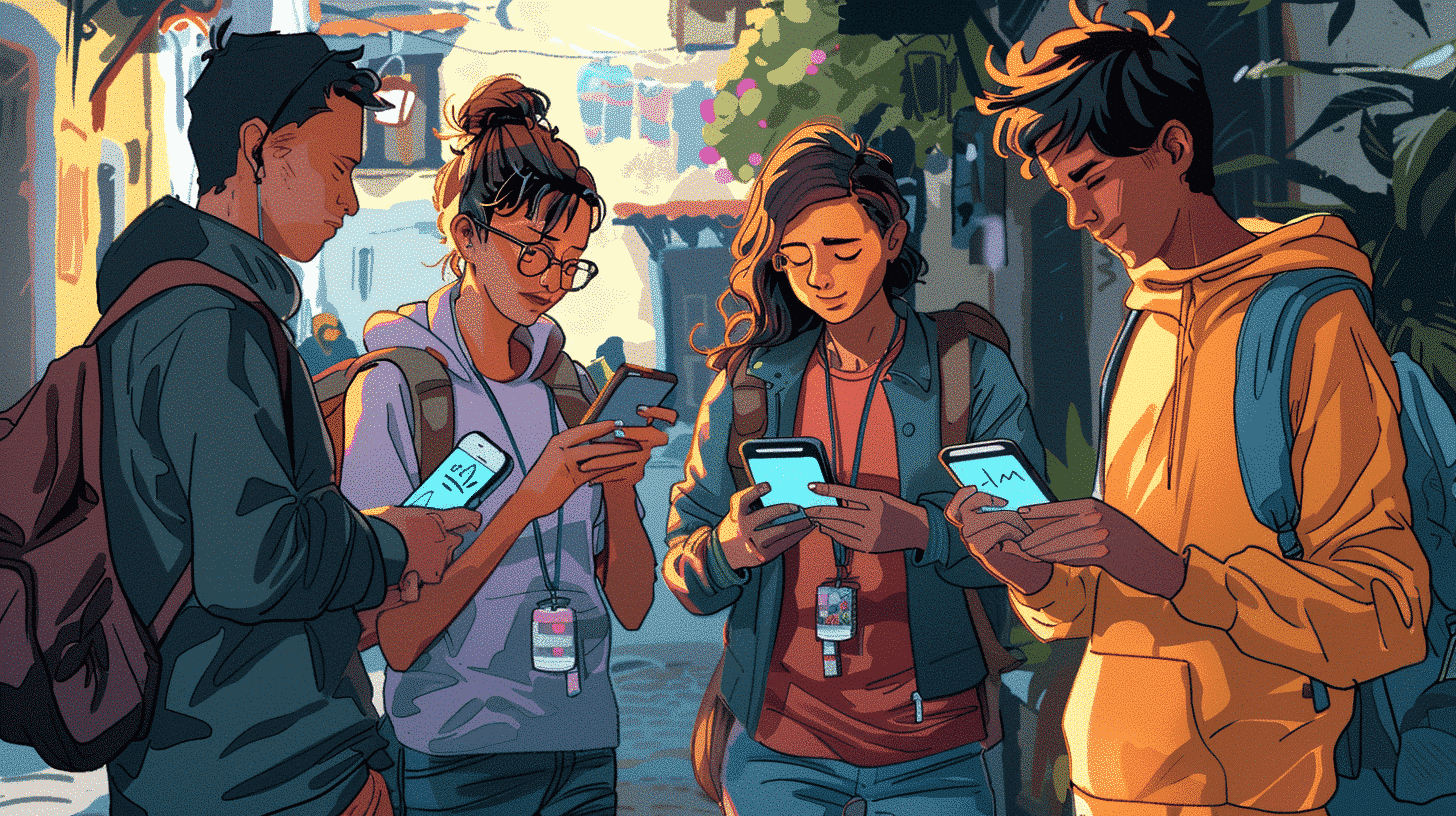The Historical and Cultural Significance of the Catalan Language
The Catalan language, spoken by over 10 million people primarily in Catalonia, Valencia, the Balearic Islands, and parts of France and Italy, holds a deep cultural and historical significance. Catalan is a Romance language with roots tracing back to the early Middle Ages, evolving alongside Spanish, French, and Italian. It is a symbol of regional identity and pride, intertwined with the history and politics of its speakers.
Understanding the customs related to Catalan helps learners appreciate not just the linguistic aspects but also the cultural nuances that define the community. Catalan customs extend beyond vocabulary and grammar, reflecting in social interactions, festivities, and everyday communication.
Social Etiquette and Communication Customs in Catalan
Greetings and Politeness
When learning Catalan, recognizing the traditional greetings and polite expressions is essential. Common greetings vary slightly depending on the time of day:
- Bon dia – Good morning
- Bona tarda – Good afternoon
- Bona nit – Good night
Politeness in Catalan culture is shown through respectful language and gestures. The use of formal and informal pronouns (vostè for formal and tu for informal) is crucial in social contexts. For example, addressing elders or strangers typically requires the formal vostè, while friends and family use tu.
Use of Honorifics and Titles
In professional and formal settings, honorifics such as Senyor (Mr.), Senyora (Mrs.), and Senyorita (Miss) are commonly used before surnames. This reflects the respect embedded in Catalan communication customs.
Nonverbal Communication
Catalan customs also include distinctive nonverbal cues. A common greeting involves two kisses on the cheeks, starting with the left, especially in social and family gatherings. This gesture symbolizes warmth and familiarity.
Traditional Festivals and the Role of Catalan Language
Language in Festivities
Catalan language customs come alive during traditional festivals, where the language is used prominently in songs, speeches, and communal activities. Some key festivals include:
- La Diada de Sant Jordi (Saint George’s Day) – Celebrated on April 23rd, this festival is akin to Valentine’s Day and World Book Day combined. People exchange roses and books, and the streets fill with Catalan literature and poetry recitals.
- Castells – Human tower-building events often accompanied by traditional Catalan chants and songs, showcasing community spirit expressed through language and action.
- Festa Major – Local festivals that celebrate patron saints and incorporate Catalan music, storytelling, and theatrical performances.
During these festivals, the use of Catalan is not only a communication tool but a symbol of cultural pride and continuity.
Regional Variations and Dialects of Catalan
The Catalan language exhibits several dialects, each with unique phonetic, lexical, and syntactic characteristics. Understanding these variations is crucial for learners and linguists alike.
Major Dialects
- Central Catalan: Spoken in Barcelona and most of Catalonia, this is the most widely used dialect and the basis for the standard written language.
- Valencian: Predominant in the Valencian Community, it includes some distinct vocabulary and pronunciation differences. Valencian is officially recognized as a separate language by some political entities but linguistically considered a Catalan dialect.
- Balearic: Found in the Balearic Islands, this dialect features unique verb forms and vocabulary.
- North-Western Catalan: Spoken in western Catalonia and parts of Aragon.
- Roussillonese Catalan: Spoken in Northern Catalonia, France, with some French influences.
These dialects influence everyday customs, including idiomatic expressions, proverbs, and storytelling styles.
Language Preservation and Modern Usage Customs
Education and Media
One of the most significant customs regarding Catalan is its preservation through education and media. Catalan is the primary language of instruction in schools across Catalonia, reinforcing linguistic identity from an early age.
Media outlets, including television channels like TV3, radio stations, and newspapers, predominantly use Catalan, fostering daily exposure and usage. These customs help maintain the language’s relevance in a multilingual environment where Spanish and French also coexist.
Digital Communication and Social Media
Modern customs have adapted Catalan to digital communication platforms. Catalan speakers actively use social media, messaging apps, and online forums in their native language. Hashtags, memes, and digital content in Catalan contribute to its vitality and accessibility among younger generations.
Language Activism and Community Efforts
Language activists and cultural organizations organize events, workshops, and campaigns encouraging the use of Catalan in public spaces, businesses, and government institutions. These efforts represent a contemporary custom aimed at sustaining and promoting Catalan language use in everyday life.
Learning Catalan with Talkpal: Embracing the Customs Through Language
For language learners, mastering the customs of Catalan goes hand-in-hand with understanding the language itself. Talkpal offers an innovative platform where learners can practice Catalan with native speakers, gain cultural insights, and develop conversational skills tailored to real-life customs.
Key benefits of learning Catalan via Talkpal include:
- Interactive sessions focused on cultural norms and language etiquette.
- Exposure to different dialects and pronunciation styles.
- Opportunities to practice language use in the context of festivals, greetings, and social customs.
- Access to a community of learners and native speakers for continuous support.
By combining language learning with cultural immersion, Talkpal enhances learners’ ability to appreciate and respect the customs embedded in the Catalan language.
Conclusion
The customs surrounding the Catalan language offer a fascinating window into the identity, traditions, and social fabric of Catalan-speaking communities. From greeting rituals and honorific usage to festival celebrations and dialectal diversity, these customs enrich the linguistic experience. Preserving and promoting Catalan through education, media, and modern communication platforms ensures its continued vibrancy. For those eager to learn Catalan, embracing these customs through platforms like Talkpal not only improves language proficiency but also deepens cultural understanding, making the learning journey more meaningful and rewarding.









